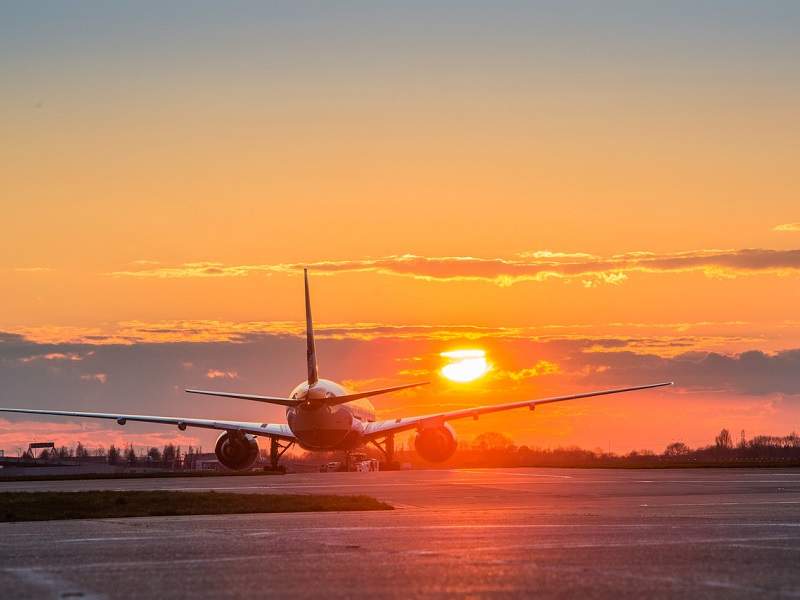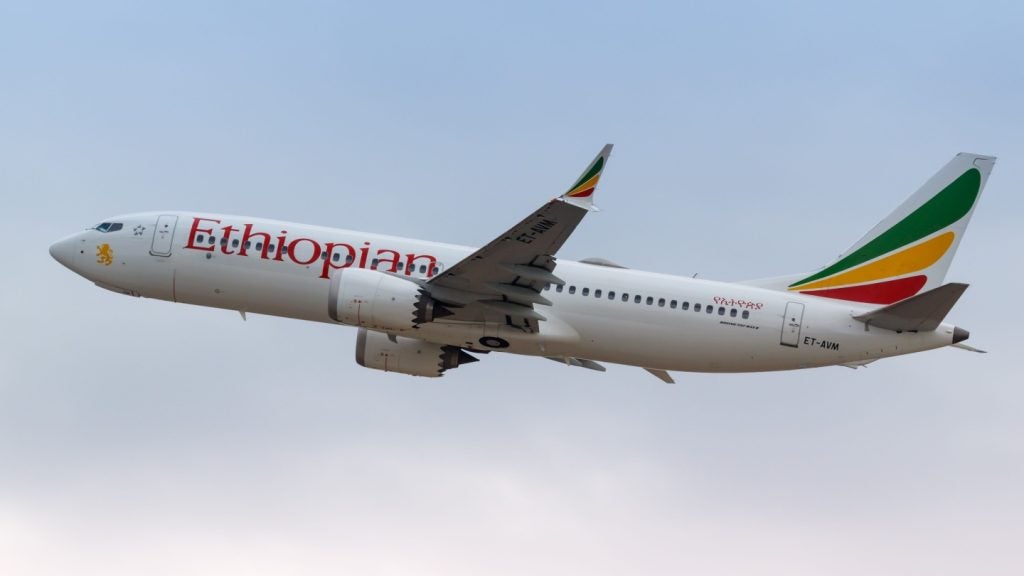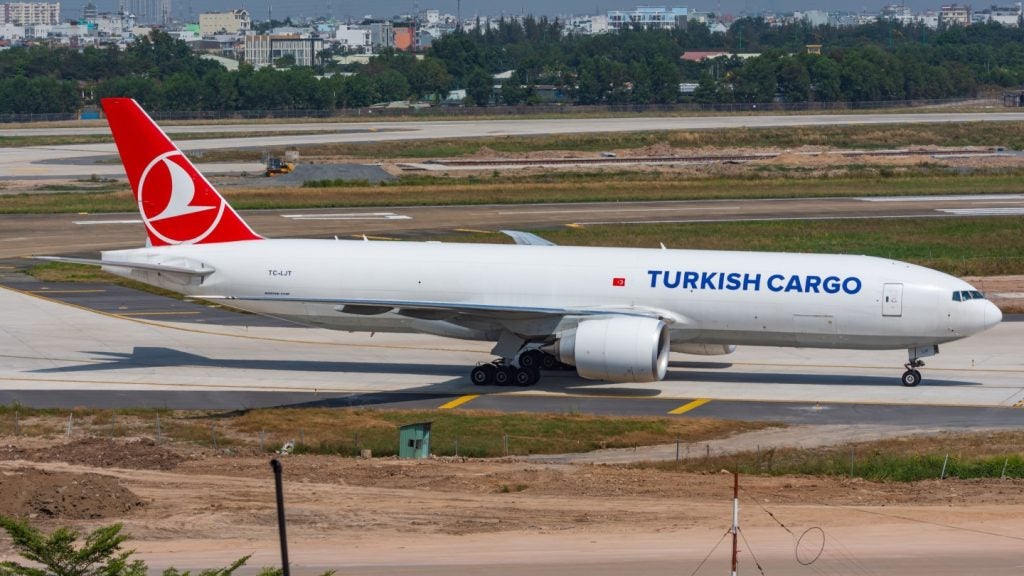
In June this year, members of the UK Parliament came together to vote in favour of expanding London’s Heathrow Airport. Politicians spanning the spectrum gave their support to the UK Government’s Airports National Policy Statement, formalising a project that has proven highly controversial since its inception.
For proponents of Heathrow’s expansion, the project’s urgency has ramped up in the face of swiftly rising passenger demand. The airport’s existing two runways are operating at 98% capacity, with more than 213,000 passengers landing at and departing from the airport on any given day. Of the world’s top ten busiest airports, Heathrow is the only one ploughing on with just two runways, which pro-expansionists argue is stifling the UK’s future growth.
Originally recommended in 2015 by the Airports Commission, a third runway built to the north-west of the existing airport facilities could provide capacity for up to 740,000 more flights a year. Under the current plan, Heathrow would also expand its Terminal 2 and add a sixth terminal to the west of the airport to welcome additional passengers.
Nevertheless, the hurdles to this expansion are still overwhelming. The creation of a third runway will cause extreme disruption to local residential areas and transport infrastructure, and require a complete overhaul of existing flight routes. While the airport is trying to navigate these issues, local authorities will continue to hammer the government to cancel the project on environmental grounds.
The June vote may have been a milestone for a project that has been on the cards since the 1970s, but the real challenge is only just beginning.
The next stages
While airport operator Heathrow Airport Holdings Limited has received governmental support, it will now need to develop and receive public consultation on a master plan for its third runway expansion, which it claims will be released in 2019.
How well do you really know your competitors?
Access the most comprehensive Company Profiles on the market, powered by GlobalData. Save hours of research. Gain competitive edge.

Thank you!
Your download email will arrive shortly
Not ready to buy yet? Download a free sample
We are confident about the unique quality of our Company Profiles. However, we want you to make the most beneficial decision for your business, so we offer a free sample that you can download by submitting the below form
By GlobalDataHeathrow will submit a detailed planning application to the Planning Inspectorate – an agency responsible for investigating the viability of large infrastructure projects – in late 2019 or early 2020. If planning consent is given, Heathrow claims construction will start in 2021, with an earmarked completion date of 2026.
This however assumes that the project is not delayed or outright cancelled due to continued opposition. In August, a number of local authorities, alongside London Mayor Sadiq Khan and environmental group Greenpeace, banded together to launch a judicial review of the expansion. Their argument is that the UK Government failed to follow the correct legal process for the project, and has ignored concerns regarding air quality and noise pollution.
“Certainly the promoters of the project would like us to think now that its effectively a done deal, but there are a huge number of hoops to jump through before you could have confidence as to if and when the project will actually happen,” says Mike Toms, director of economics consultancy Oxera.
Expanding connectivity to Heathrow
With the master plan for the airport still in the wind, many pivotal aspects remain undecided. A total of 52 expansion options were examined during a £20m investigation by the Airports Commission, prior to its recommendation of a new Heathrow north-west runway. But it’s still not known exactly how long this runway will be, or indeed the full extent of its impact on the surrounding communities.
The runway’s position led commentators to claim it will result in the demolition of at least 750 homes, as well as the current headquarters of International Airlines Group, parent company to Aer Lingus, Iberia and British Airways.
“It’s a hugely complex project being built in a highly developed and congested area, and it doesn’t command the support of the main airline which is effectively going to be using the hub facility,” says Toms. “If you put those things together it makes it an unusually problematic scheme.”
Heathrow launched the first of two public consultations earlier this year to seek proposals on how the expanded airport might operate and how it could help reduce potential environmental impacts. Since April, more than 100 firms and individuals responded to a call for ideas about the best ways to reduce costs, design buildings and sustainably increase capacity.
Toms says the biggest problem will be in relation to Heathrow’s transport connections. Under the current proposal, a number of busy motorways that feed into the airport, including the M25, M4, A4 and A3044, would need to be realigned. The M25 in particular could be moved 150m to the west and lowered into a tunnel to accommodate the runway.
In order to keep up with sustainability objectives and keep incoming car traffic in check, two new rail links will need to be formed, with one running westward through Reading and one running southward to Staines. All the while, arrangements need to be made so that around 30 million annual passengers will be able to access Terminal 5 during the course of the expansion.
All these allowances will contribute to a heftier bill. Heathrow Airport Holdings Limited claims the project will cost £14bn, and insists funding will come from private investment rather than the taxpayer. Nevertheless, without a master plan that identifies which parties will be paying for what, Toms says that no one can be sure of this.
“There’s a whole load of trading off on the offsite works where you can argue who is going to be responsible,” he says. “Is it legitimate for the airport to pay for the rail connections, or is somebody else going to pay for those? The kinds of rules for cost attribution are completely unclear. But what we do know is, it is a very big number, it’s a very uncertain number, and it’s got massive risks associated with it.
“This airport is operating in a competitive environment, and the notion that it would receive public subsidy would likely be taken very badly by other airport operators.”
Changing flight paths
Heathrow has espoused the benefits of a third runway when it comes to boosting the number of routes to growing markets in a number of countries such as Brazil, Russia and China.
However, to accommodate the operations of a three-runway airport, Heathrow will need to make changes to its flight paths that comply not only with environmental and noise requirements, but with the UK Government’s aerospace modernisation strategy. Figuring this out will be a massive combined effort between the airport, UK air traffic control services provider NATS and the Civil Aviation Authority.
Toms says that part of the difficulty in flight operations will involve the extent to which runways will be moved from a segregated mode (i.e. separate runways for departing and arriving flights) to a mixed-mode system ( runways used for departures and arrivals simultaneously).
“I think that the re-engineering of the arrival and departure routes is going to be a huge job,” he says. “And you’ve got to do that bearing in mind that at the same time there are bigger aerospace changes being planned under a route and branch revision of the UK airspace.”
“It is a huge challenge, because you need to have a pretty clear view of how the lower airspace is going to operate – the approach and departures route – before you can actually do the definitive environmental assessment, which in turn needs to be done before you can apply for development consent.”
With concerns primarily resting on how Heathrow’s runway could be delivered sustainably, the question of how the airport’s operations might change as a result is difficult to answer. Toms says however that 2026 seems optimistic for a completion date.
“I think 2026 is a heroic assumption as to when the project can be done and it would not surprise me if in due course that date is revisited and slips very considerably,” he says.
“It’s a very unusual project in the sense that the requirement to deliver is falling entirely on the airport operator, while lacking the strong support of the government, which for a project of this size is really unique.”







